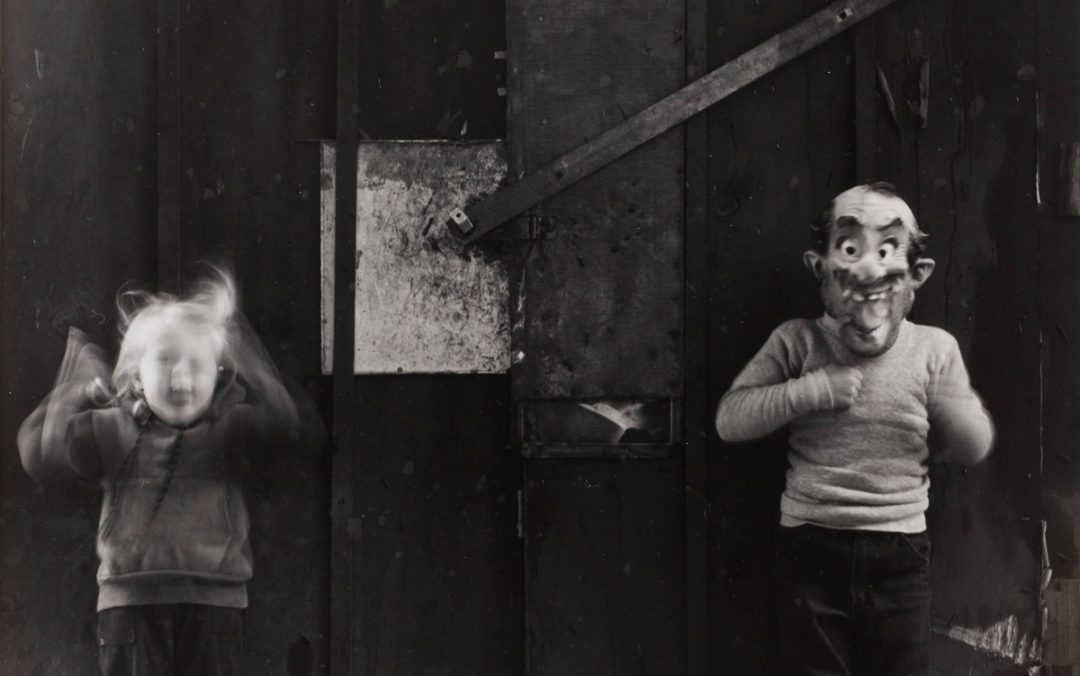Ralph Eugene Meatyard – Early Years
If their was a photographic artist who failed to get recognition until after his youthful death, it was Ralph Eugene Meatyard. Yet, he should be an inspiration to all those not living in Paris, New York, or some other reasonable “art capital”. Getting out there, poo-pooing with the right people, living the “artists” life. After all, most of the world can produce no important art,… no original thought can support a family and live an American suburban lifestyle. I guess they just forgot to tell Ralph Eugene Meatyard.
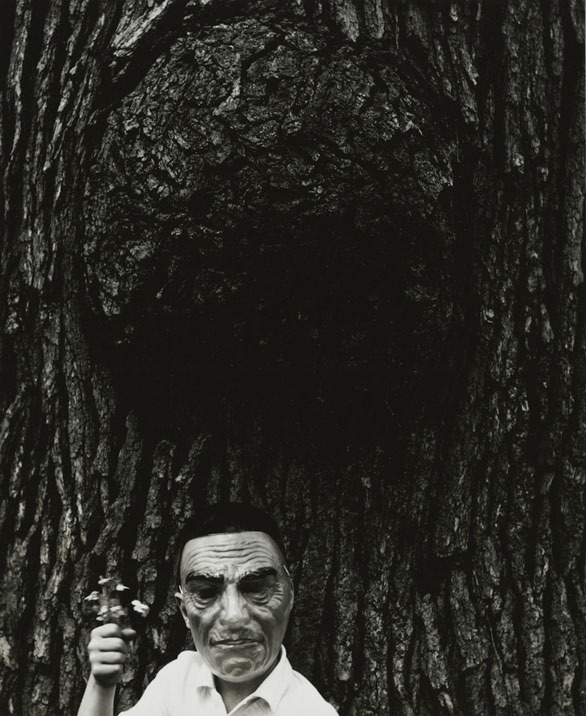
Meatyard was born in Normal, Illinois. Weird place for one of the most least “normal” photo artists to exist. He was actually a trained optician. He married Madelyn McKinney, and they moved to Lexington, Kentucky. The company he worked for as an optician also sold photographic equipment. The company owners were members of the Lexington Camera Club, a very minor camera club, which he joined later. The Art Department of the University of Kentucky provided the club space for the occasional camera club exhibit.
Ralph Eugene Meatyard purchased a Rolleiflex medium-format camera to photograph his son. Meatyard pretty much stuck with that camera throughout his career. He eventually joined the Photographic Society of America. He was one of the main exhibitors at the University of Kentucky, and he was invited back multiple times. But this was Kentucky,…an area of America mostly discounted by the “real art community”. (New York, etc.) Ralph Eugene Meatyard met Minor White who inspired Meatyard’s interest in Zen Philosophy, affecting his work in a unique way.
Long Stretches
Ralph Eugene Meatyard did his work in productive bursts often leaving his film undeveloped for long stretches, then working non-stop in the makeshift darkroom. He was a voracious reader. A certainly novel approach. He used his children as the people behind the masks. A metaphor for the “masks” we all wear. He favored abandoned farmhouses and other derelict spaces.
Literary Friends and Early Death
Ralph Eugene Meatyard was friends of several well-known writers in the Kentucky literary renaissance of the 1960s and 70’s, including his neighbor Guy Davenport, who later helped put together a posthumous edition of his photos. The photographer co-authored a book on Kentucky’s Red River Gorge, “The Unforeseen Wilderness”, with writer Wendell Berry. The two took frequent trips together into the Appalachian foothills. Berry and Meatyard’s book was a major contribution to saving the gorge from destruction by a proposed Army Corps of Engineers dam. Ralph Eugene Meatyard had his ashes scattered in the gorge after his early death from congenital heart failure at the age of 46.
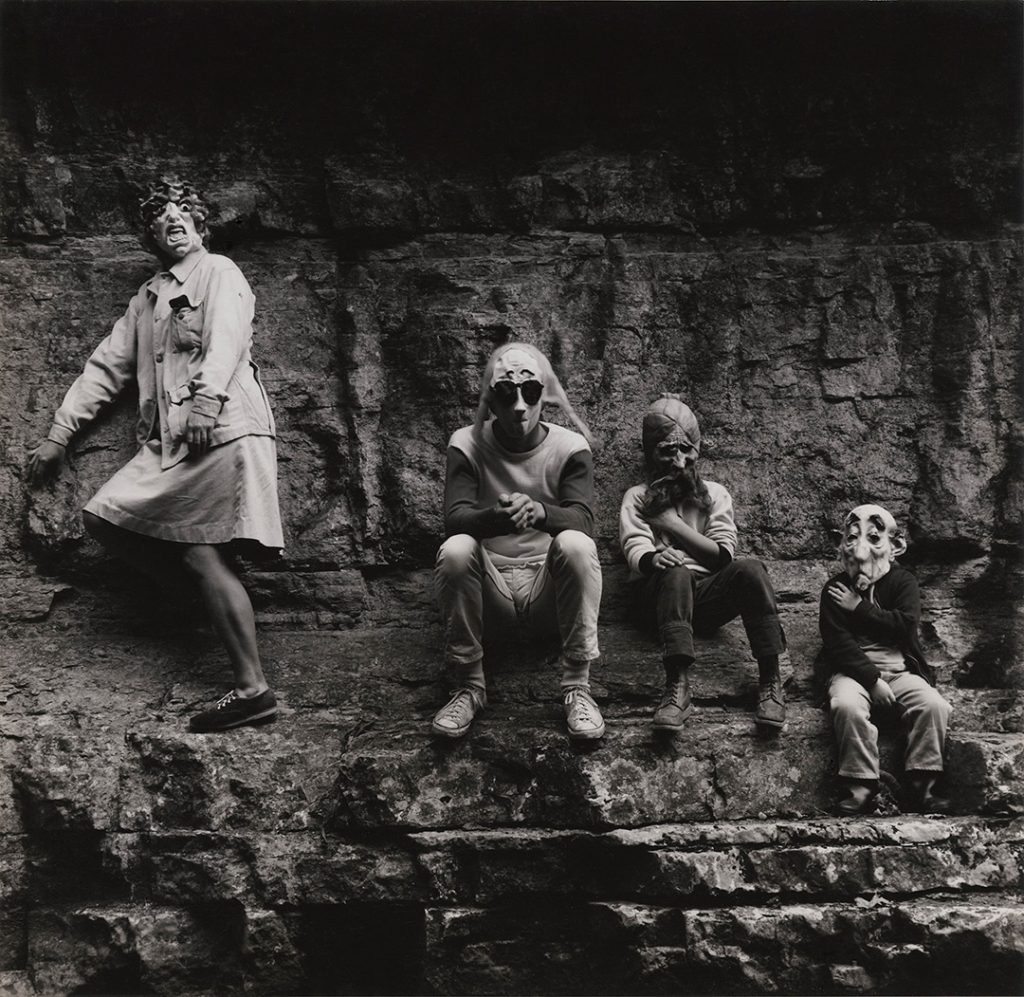
The photographer also carried on a friendship and short correspondence with the Catholic monk and writer Thomas Merton. Merton appeared in a number of Meatyard’s experimental photographs and the two shared an interest in literature, philosophy, and spirituality. Meatyard wrote Merton’s eulogy in the Kentucky Kernel shortly after the monk’s accidental death in Bangkok, Thailand, in December 1968.
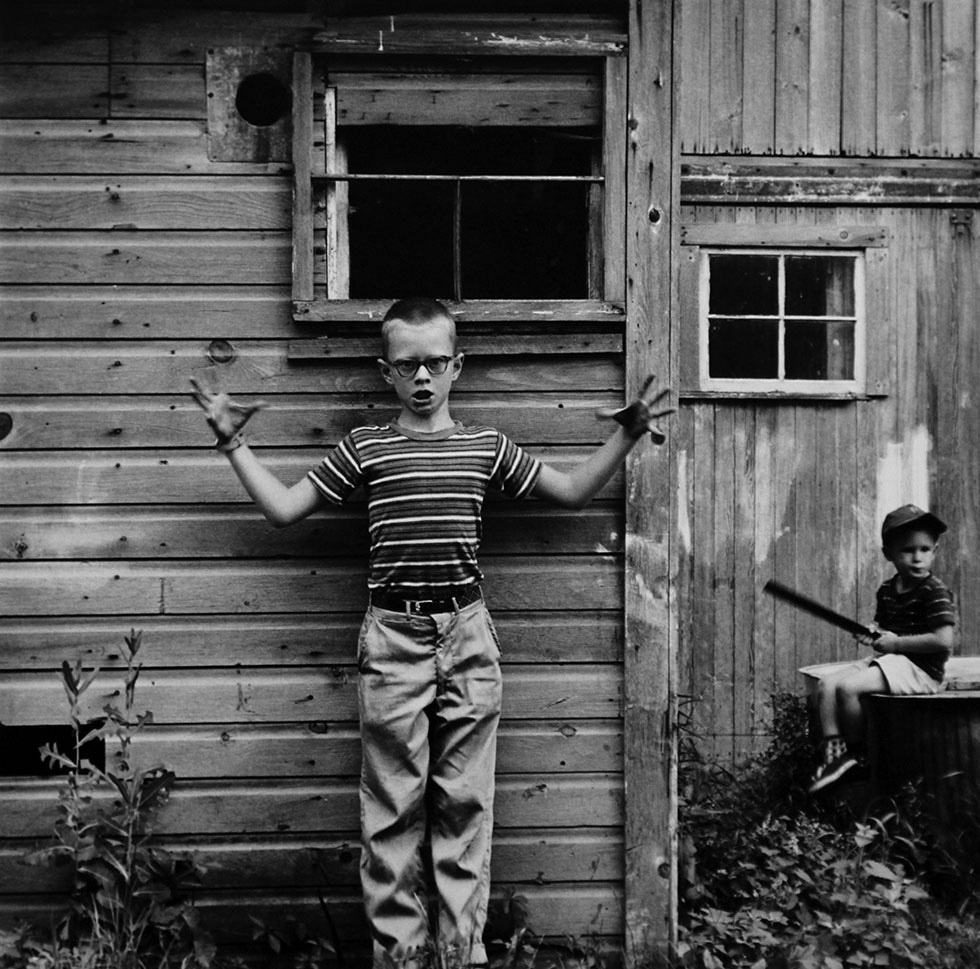
Passing away himself just four years later, Meatyard’s early death “came at the height of the ‘photo boom’. Though Lexington was a relative photographic backwater, Meatyard did not consider himself a “Southern” or regional photographer. His work was just beginning to be recognized nationally at the time of his death. (unfortunately)
Hangin’ with the Best
Ralph Eugene Meatyard works was shown and collected by major museums soon afterward, published in important art magazines, and regarded by his peers as among the most original and disturbing imagery ever created with a camera. From anyone, anywhere. He was exhibited with such luminaries as Edward Weston, Ansel Adams, Minor White, Aaron Siskind, Harry Callahan, Robert Frank, and Eikoh Hosoe. But by the late 1970s, his photographs seemed consigned to appear mainly in exhibitions of ‘southern’ art. In the last decade, however, thanks in part to European critics, Ralph Eugene Meatyard works have reemerged, and the depth of their genius and their contributions to photography have begun to finally be understood and appreciated.
A True Original
In a sense he suffered a fate common to artists who are very far ahead of their time. Everything about his life and his art ran counter to the usual and expected patterns, from where he resided to how he approached high art. He was an optician, happily married, a father of three, president of the PTA, and coach of a boys’ baseball team. Certainly no Andy Warhol lifestyle. His images had nothing to do with the gritty ‘street photography’ of the east coast or the romantic view camera realism of the west coast. His best known images were populated with dolls and masks, with family, friends and neighbors pictured in abandoned buildings or in ordinary suburban backyards.
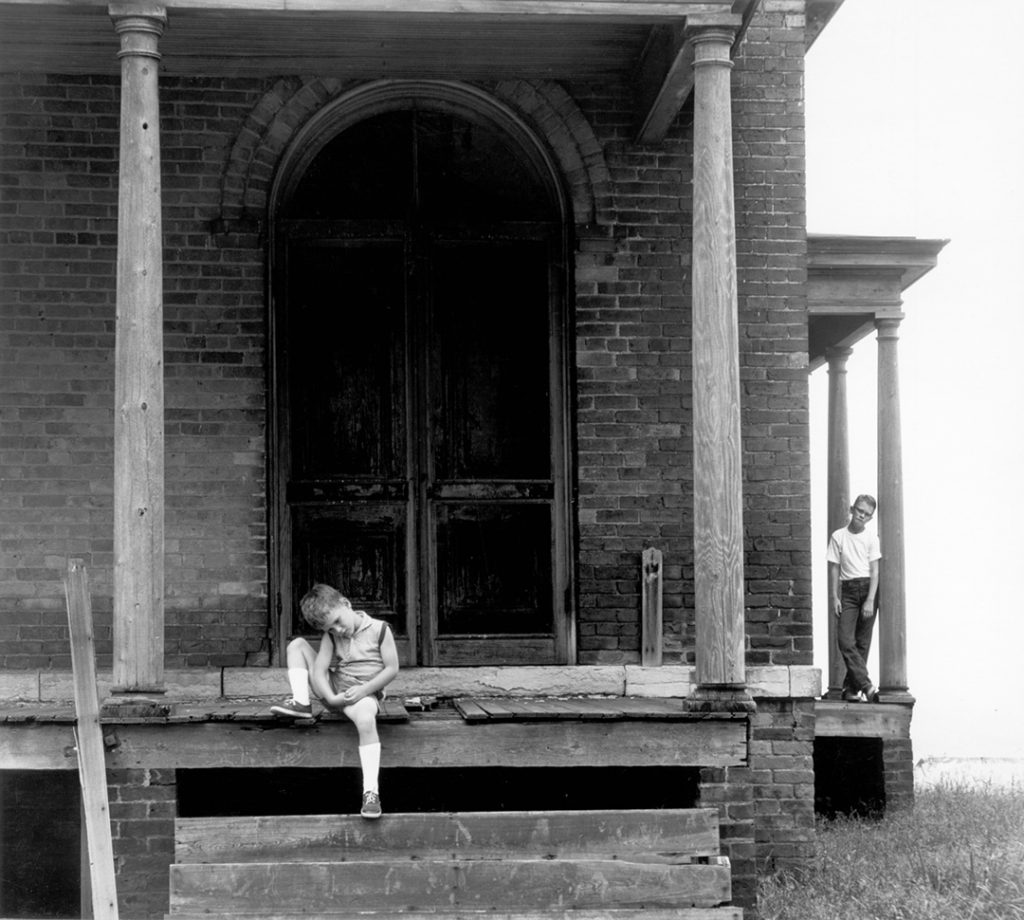
At the same time he often turned from this vernacular focus and produced highly experimental work. However, where others used these experiments to expand the possibilities of form he applied breakthroughs in the exploration of ideas. He created a mode of ‘No Focus’ imagery that was his own. In fact, I believe he was the first. Ralph Eugene Meatyard was a true American photographic original in both art and the lifestyle associated with that art. Rolleiflex TLR

